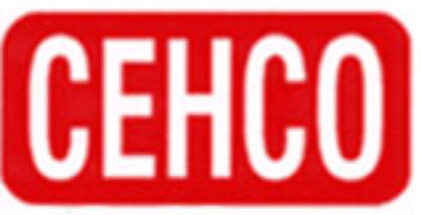A DC to DC power converter, often referred to simply as a DC-DC converter or voltage regulator, is an electronic device or circuit that takes an input direct current (DC) voltage and outputs a different DC voltage level. These converters are used in a wide range of applications to efficiently manage and control DC power. Here are some key points to understand about DC to DC power converters:
-
Voltage Regulation: The primary function of a DC-DC converter is to regulate the output voltage to a desired level. This is achieved by adjusting the duty cycle of the converter’s switching components, such as transistors or MOSFETs.
-
Types of DC-DC Converters: There are several types of DC-DC converters, each suited to specific applications. Some common types include:
- Buck Converter (Step-Down): Reduces the output voltage below the input voltage. It is used when you need a lower voltage level.
- Boost Converter (Step-Up): Increases the output voltage above the input voltage. It is used when you need a higher voltage level.
- Buck-Boost Converter: Can both step up and step down the input voltage, making it versatile for various voltage level requirements.
- Flyback Converter: Often used in isolated power supplies and transformers.
- Cuk Converter: Suitable for applications requiring both voltage step-up and step-down capabilities.
-
Efficiency: DC-DC converters are designed for high efficiency to minimize power losses. Efficiency is a critical factor in many applications, especially in battery-powered devices, where energy conservation is essential.
-
Switching Frequency: These converters operate by rapidly switching the input voltage on and off. The switching frequency can vary, and it impacts the converter’s size, cost, and efficiency. Higher frequencies often result in smaller and more efficient converters but may introduce electromagnetic interference (EMI) challenges.
-
Voltage and Current Ratings: When selecting a DC-DC converter, consider the input and output voltage and current requirements. Make sure the converter can handle the specific parameters of your application.
-
Protection Features: Some DC-DC converters come with built-in protection features such as overcurrent protection, overvoltage protection, and thermal shutdown to prevent damage to the converter and the connected load.
-
Isolation: In some applications, isolation between the input and output voltage is essential for safety reasons. Isolated DC-DC converters provide this isolation.
-
Control Methods: Depending on the design, DC-DC converters can use various control methods, including voltage mode control and current mode control. These methods affect the converter’s response to load changes and transient conditions.
-
Applications: DC-DC converters are used in a wide range of applications, including power supplies for electronics, battery-powered devices, electric vehicles, renewable energy systems, and more.
When selecting a DC-DC converter, it’s crucial to understand your specific voltage requirements, load characteristics, and any environmental or safety considerations. There are many commercially available DC-DC converters with various specifications and features to meet the diverse needs of different applications.

